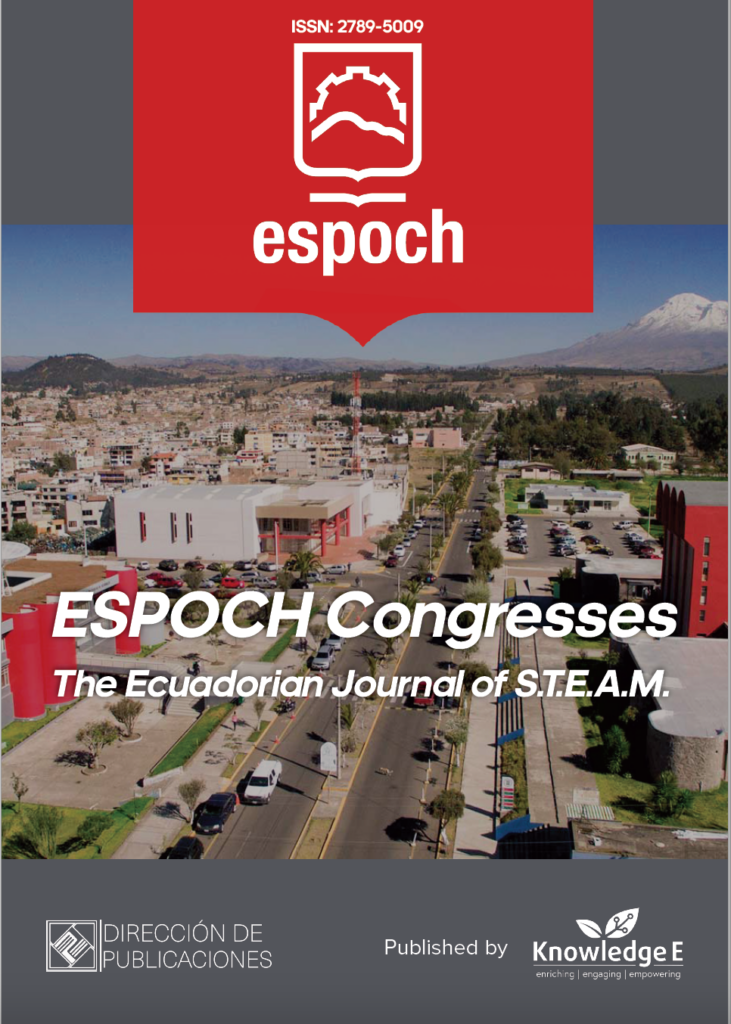
ESPOCH Congresses: The Ecuadorian Journal of S.T.E.A.M.
ISSN: 2789-5009
Leading Ecuadorian research in science, technology, engineering, arts, and mathematics.
Blockchain Algorithm Literature Review
Published date: Apr 18 2024
Journal Title: ESPOCH Congresses: The Ecuadorian Journal of S.T.E.A.M.
Issue title: Volume 3, Issue 2
Pages: 2 - 10
Authors:
Abstract:
Within the last decade, blockchain has become a security technology used to protect the integrity of the information contained in a database, especially in collaborative and open systems. One of its main advantages is that it allows consensus to be reached on the new blocks of data that are added to the chain. There are several other techniques in the literature that claim to be popular new mechanisms. Despite this, the number of these technologies has grown too quickly to separate all the possibilities. This work reviews the types of algorithms that can be implemented to have a network supervised by the participants that integrate it.
Keywords: blockchain, integrity, consensus, algorithm.
Resumen
En la última década, blockchain se ha convertido en una tecnología de seguridad utilizada para proteger la integridad de la información contenida en una base de datos, especialmente en sistemas colaborativos y abiertos. Una de sus principales ventajas es que permite alcanzar un consenso sobre los nuevos bloques de datos que se añaden a la cadena. Existen muchas otras técnicas en la literatura que pretenden ser nuevos mecanismos populares. a pesar de ello, el número de estas tecnologías ha crecido demasiado rápido como para separar realmente todas las posibilidades. Este trabajo propone revisar los tipos de algoritmos que se pueden implementar para que una red sea supervisada por los participantes que la integran.
Palabras Clave: Blockchain, Integridad, Consenso, algoritmo.
References:
[1] Chang L, Sheng P. Research on maximizing influence of blockchain social network based on BCLT model. Discrete Dynamics in Nature and Society. 2022;2022:1–8.
[2] Kably S, Arioua M, Alaoui N. Lightweight direct acyclic graph blockchain for enhancing resource-constrained IoT environment. Computers, Materials and Continua. 2022;71(3):5271–5291.
[3] Zhang W, Kaur M. A novel QACS automatic extraction algorithm for extracting information in blockchain-based systems. IETE Journal of Research. 2022;1–13.
[4] Yang W, Ziyang W, Xiaohao Z, Jianming Y. The optimisation research of Blockchain application in the financial institution-dominated supply chain finance system. International Journal of Production Research. 2022;66(1):1–21.
[5] Ramakurthi V, Manupati VK, Machado J, Varela L, Babu S. An innovative approach for resource sharing and scheduling in a sustainable distributed manufacturing system. Advanced Engineering Informatics. 2022;52(9):101620.
[6] Mizuyama H, Yamaguchi S, Suginouchi S, Sato M. Simulation-based game theoretical analysis of Japanese milk supply chain for food waste reduction [Springer Nature Switzerland.]. IFIP Advances in Information and Communication Technology. 2022;2022:107–115.
[7] Shahbazi Z, Byun YC. Knowledge discovery on cryptocurrency exchange rate prediction using machine learning pipelines. Sensors (Basel). 2022 Feb;22(5):1740.
[8] Yadav AS, Singh N, Kushwaha DS. Sidechain: Storage land registry data using blockchain improve performance of search records. Cluster Computing. 2022;25(2):1475–1495.
[9] Chang R, Xames Y. Incorporating tamper-resistant, publicly verifiable random number seeds into permissionless blockchain systems. Articulo (ID); 2022. p. 165616.
[10] Priya J, Palanisamy C. Novel block chain technique for data privacy and access anonymity in smart healthcare. Intelligent Automation and Soft Computing. 2023;35(1):243–259.
[11] Taskou SK, Rasti M, Nardelli PH. Energy and cost-efficient resource allocation for blockchain-enabled NFV. IEEE Transactions on Services Computing. 2022;15(4):2328–2341.
[12] Zhao X, Wang S, Zhang Y, Wang Y. Attribute-based access control scheme for data sharing on hyperledger fabric. Journal of Information Security and Applications. 2022;67(103182):103182.
[13] Benedict S. Shared mobility intelligence using permissioned blockchains for smart cities. New Generation Computing. 2022;40(4):1009–1027.
[14] Xihua Z, Goyal SB, Tesfayohanis M, Verma C. Blockchain-based privacy-preserving approach using SVML for encrypted smart city data in the era of IR 4.0. Journal of Nanomaterials. 2022;2022:1–8.
[15] Yang Y, Liu Z, Liu Z, Xie Y, Chan KY, Guan X. Joint optimization of edge computing resource pricing and wireless caching for blockchain- driven networks. IEEE Transactions on Vehicular Technology. 2022;71(6):6661–6670.
[16] Yadav K, Alharbi A, Jain A, Ramadan AR. An IoT based secure patient health monitoring system. Computers, Materials and Continua. 2022;70(2):3637–3652.
[17] Yahaya AS, Javaid N, Ullah S, Khalid R, Javed MU, Khan RU, et al. A secure and efficient energy trading model using blockchain for a 5G-deployed Smart Community. Wireless Communications and Mobile Computing. 2022;2022:1–27.